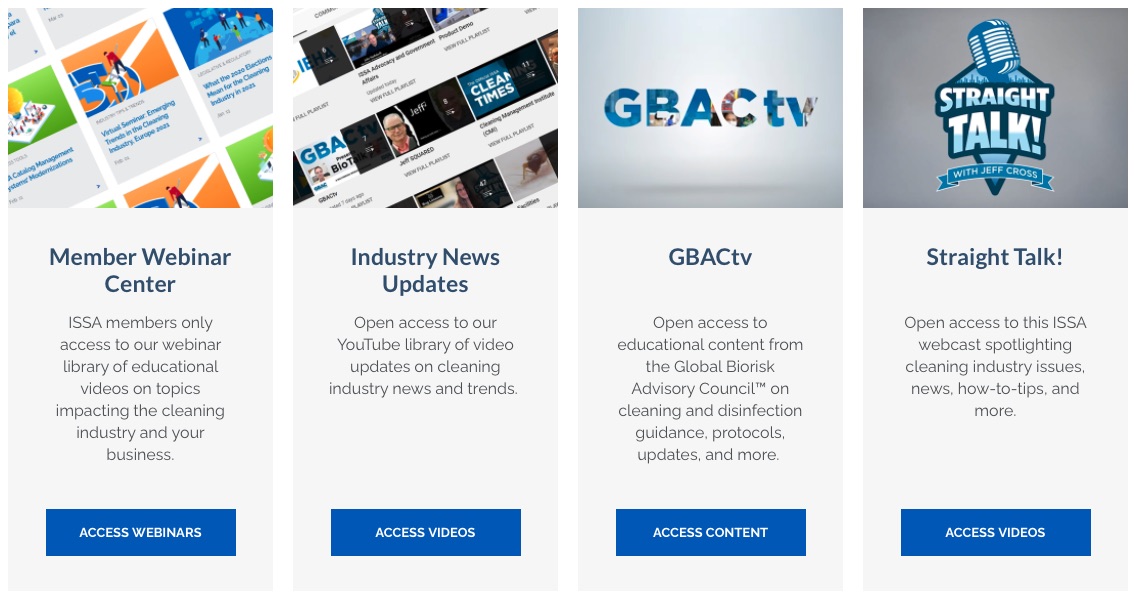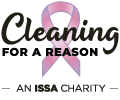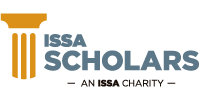Articles
Safety First
Categories: Business Management, Innovations, Trends & Technology
By Jean-François Leblanc | July 23, 2018 << Back to ArticlesManufacturing plants have a lot of moving parts, from heavy machinery and tools to finished products. If used or cared for improperly, these moving parts can spell trouble for an organization. Equipment can become damaged, non-compliance citations can be written by regulatory offices and, most importantly, employees can face physical harm. Employees are at the very center of manufacturing operations and, as such, their safety should be of the utmost importance.
Safety as a Cultural Priority
The introduction of the DuPont Bradley Curve in 1995 has generated a major shift in workplace safety from individual action to collective responsibility. The DuPont Bradley Curve serves as a benchmark for organizations as they develop their own cultures of safety, starting from a reactive state where safety is based on instinct. As an organization works through the curve, the end goal is to become an interdependent culture where safety is based on teamwork.
In interdependent work cultures, employees actively practice and reinforce safety protocols not only for their own safety, but also for the safety of their co-workers. Employees don’t just follow safety rules because they have to. They follow them because they truly care about the well-being of those around them. They know the stakes are high and everyone is proud to take ownership in building a true culture of safety.
Organizations that are actively trying to attain a level of interdependence understand that it takes a lot of work to achieve that goal. They begin by building a robust list of safety programs designed to keep their employees out of harm’s way. All programs, whether in a plant that manufactures bath tissue or liquid cleaning products, spell out the minimum requirements for daily tasks, from personal protective equipment (PPE) to chemical and equipment handling. They also help employees understand the types of accidents that can occur and what they can do to prevent them.
However, it isn’t enough for upper management to develop these processes and procedures and then simply pass them off to their staff. In the quest for interdependence, it’s important to involve leaders at all levels of the organization, from employees on the plant floor to CEOs in the executive suite. For protocols to resonate with employees, it’s up to management at all levels to show a sincere concern for their staff’s well-being and take an active interest in it.
The Role of Audits in Interdependent Cultures
Once management and staff are on the same page with safety processes, it’s important that they continuously work to improve those processes. Self-audits are an excellent way to engage stakeholders at all employee levels and reinforce the connection between personal responsibility and safety for all.
Developing a comprehensive audit system can help organizations pinpoint areas of improvement in their plants. A series of monthly, quarterly and/or yearly reviews can offer management, as well as plant staff, a glimpse into how well their various safety programs are understood and successfully applied.
Upon rolling out the audit system, it’s up to management to ensure that employees understand that the audits are there to ensure the safety of the plant staff. Audits are not necessarily meant to point fingers or place blame, but if corrective or disciplinary actions do have to be taken it’s for the betterment of the employee and the plant as a whole.
To avoid any employee concerns over safety program audits, organizations should create opportunities for employees to take part in the process. Establishing employee-driven sub-committees can help guide compliance, before, after and during an audit. Employees can work alongside management to develop audits and they can also help develop safety checklists for their specific lines. Encouraging employees to voice their opinions, interact with each other and take initiative and responsibility for safety will help build open lines of communication throughout the chain of command.
Types of Audits
The types of safety program audits that take place in a facility will vary depending on the types of products it manufactures and the types of equipment it uses, but there are a number of employee safety processes that are fairly standard throughout the industry. Below is a look at a few of these processes, along with the types of questions to ask during the accompanying audits.
- Employee Hazard Reporting
A key element of any safety program should be the ability of employees to report unsafe work conditions. Interviewing a handful of employees across departments can help gauge how well they understand the reporting process, as well as their happiness or dissatisfaction with the process. If they seem unhappy or concerned, do they have any recommendations on ways to improve the process? Do the employees feel comfortable reporting these concerns? - Lock-out/Tag-out
Since Lock-Out/Tag-Out (LOTO) non-compliance can result in life-threatening injuries, it’s important to confirm that all employees have received training on LOTO and that they understand its importance. As you conduct mock LOTOs, are the employees following procedure or might they benefit from a refresher? Are all the equipment and energy sources clearly marked for employees? Have any incidents or unsafe conditions been investigated and corrected by plant management? - PPE and Hand Safety
Conducting a walk-through prior to the audit can help guide the review process and alert the audit sub-committees of any non-compliance with PPE rules. Are employees wearing seat belts when they operate lift trucks and other industrial vehicles? Are they wearing their safety glasses, hearing protection and safety shoes? What about employees that handle chemicals, sharp objects or cutting tools? Are they wearing cut-resistant gloves to protect their hands from injury? - Slips, trips, and falls
Slips, trips and falls are a leading cause of injuries in manufacturing facilities and following procedure can help keep these to a minimum. Are the employees at the facility adequately trained on using fall equipment? Is the fall equipment inspected and replaced regularly as needed? Are the employees mindful of keeping clutter and debris off the manufacturing plant floor? What about the parking lots, sidewalks and entrances?
What’s Next?
Once a facility’s various audits are completed, management and employees can see where their facility excels and what, if anything, needs to be re-evaluated. It might be a specific safety process, or it could even be the audit itself. As an organization work towards interdependence, it’s important to keep in mind that workplace safety is a fluid process that should involve everyone from hourly plant workers all the way up to the CEO. If they can accomplish that, they’re one step closer to a truly effective safety culture.
About the Author.
Jean-François Leblanc is group safety director for Cascades Tissue Group and can be reached at www.cascades.com.





